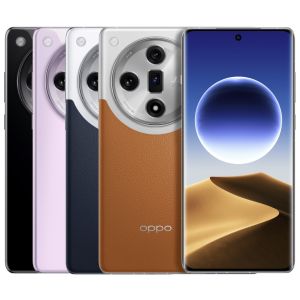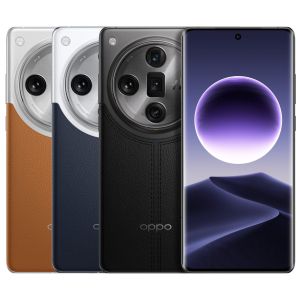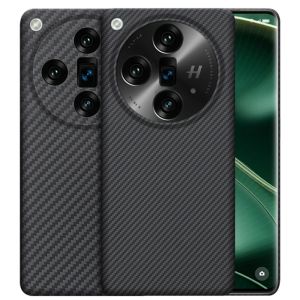Released in early 2024, the OPPO Find X7 Ultra is also no exception to the rule, making a big splash in the imaging space with its first-ever dual-submersible lenses in hopes of bringing you the most extreme imaging experience possible.
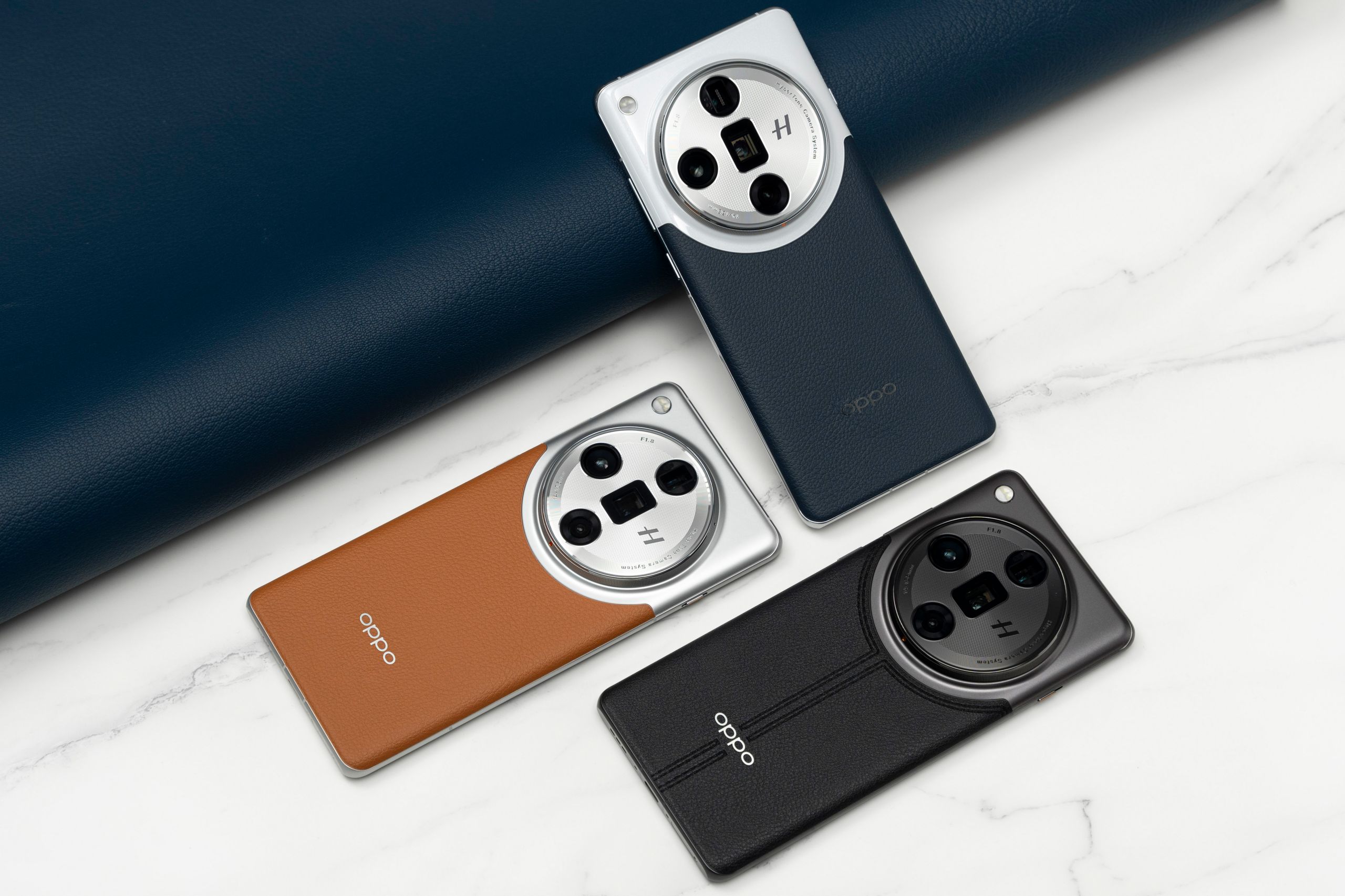
Top-notch imaging hardware for a shooting experience comparable to that of a professional camera
Since we're talking about the dual periscope lens, let's take a look at the OPPO Find X7 Ultra's imaging hardware configuration. The wide-angle lens this time uses a new generation of one-inch large bottom sensor LYT900, which, compared to the previous IMX989, has lower energy consumption, a larger photon capacity, and is able to realize full-volume operation of the DCG HDR capability, combined with adjustable 23/28/35mm equivalent focal lengths, plus 2/28/35mm equivalent focal lengths, and the ability to take pictures of a professional camera. 35mm-equivalent focal length, plus a 2x-equivalent 48mm focal length for even more creative possibilities. The lens also features a large f/1.8 aperture, a 1G7P element, and supports OIS optical stabilization.
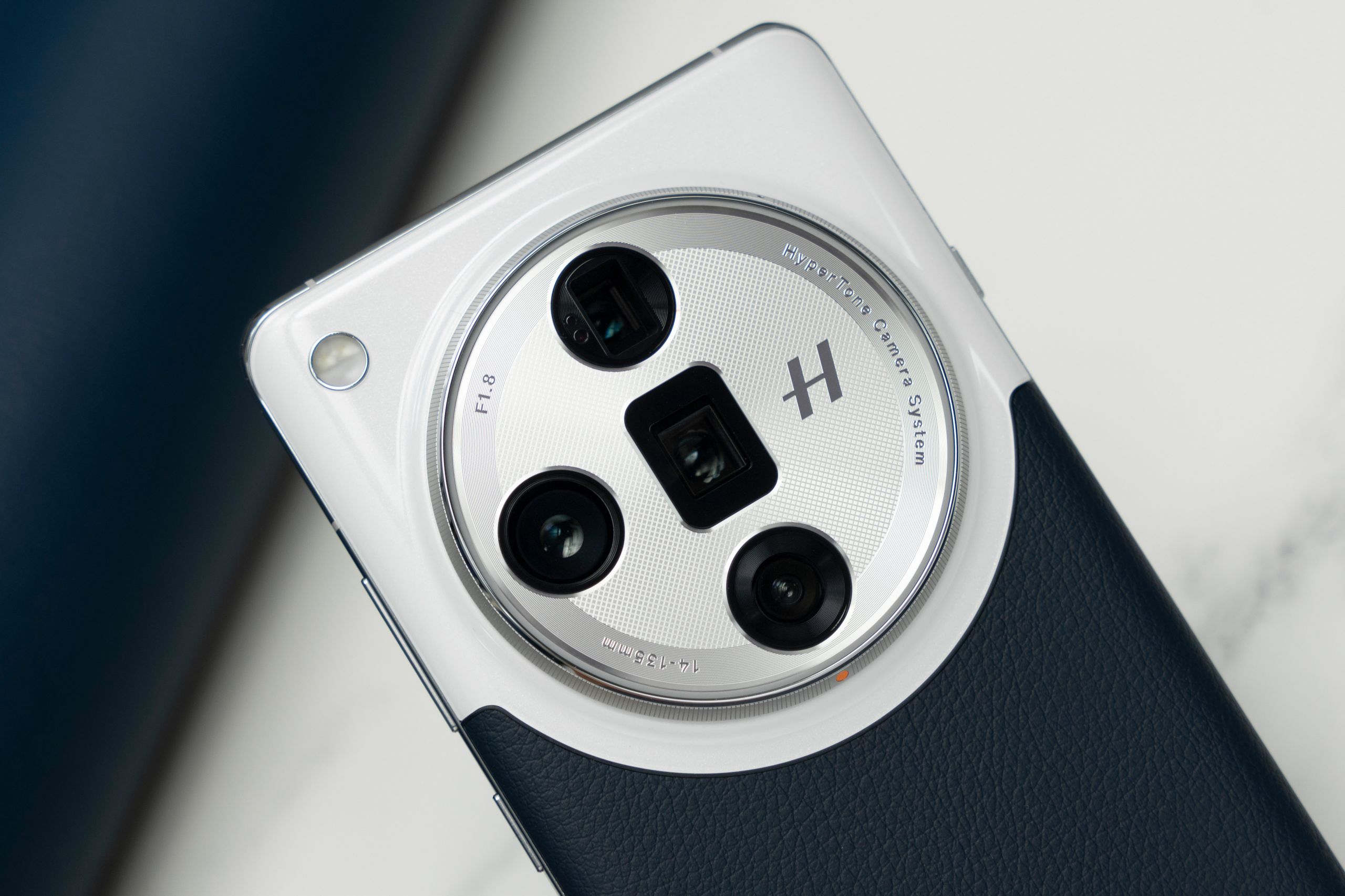
The ultra-wide-angle lens uses the LTY500 sensor, 1/2-inch is not a small size, f/2.0 aperture, 123 ° wide, and we will pass over this one. The focus of this upgrade falls on the two telephoto lenses, we all know that the previous generation of OPPO Find X6 Pro telephoto lens is 1/1.56-inch IMX890 sensor, support 3 times optical zoom, f/2.6 aperture, this generation of sensors unchanged and the parameters basically unchanged, used the previous generation of telephoto know how strong the quality of that lens.
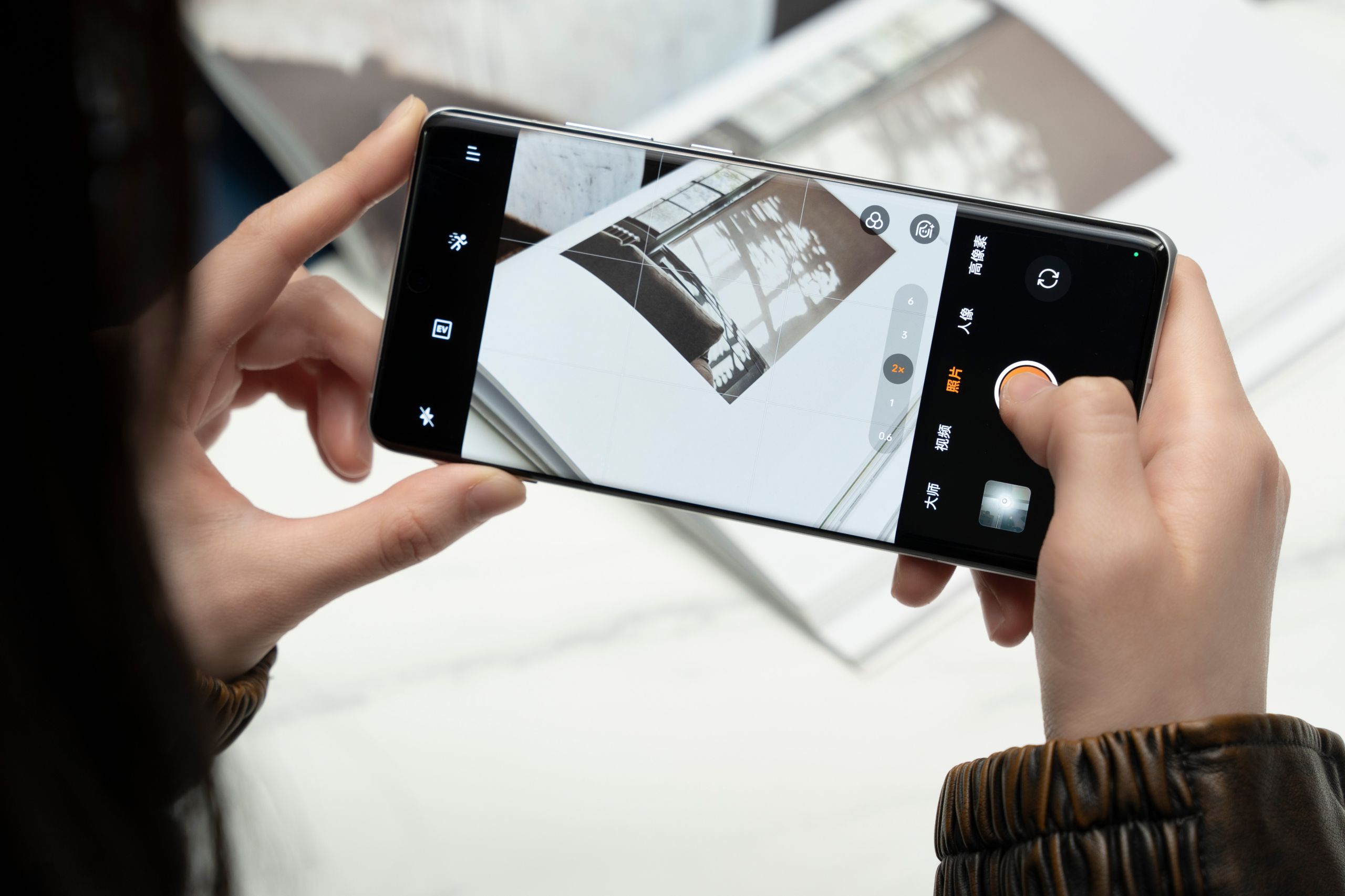
OPPO Find X7 Ultra this time added a focal length longer periscope telephoto lens, equivalent focal length came to 135mm, using the Sony IMX858 sensor, 1/2.5-inch sensor, f/4.3 aperture, the same support for suspension prism stabilization, and according to the OPPO, this six times the periscope lens is also able to work with the 3 times periscope to achieve the depth of field calculation.
Let's start by showing sample photos to see how the OPPO Find X7 Ultra's actual imaging results look like.

The wide-angle lens default focal length of the sample, you can see an inch large bottom and f/1.8 large aperture to bring excellent physical bokeh, for the Christmas tree similar to the metal sign also has a very good texture rendering.
For those of you who often use cell phones to take photos, you should know that 23mm is not a very common focal length, so OPPO also gives users the option to choose the default focal length, and after adjusting it to 35mm, the film rate will be relatively higher. Personally, however, I prefer to shoot at 2x 47mm equivalent. A focal length closer to 50mm is more suitable for street sweeping.
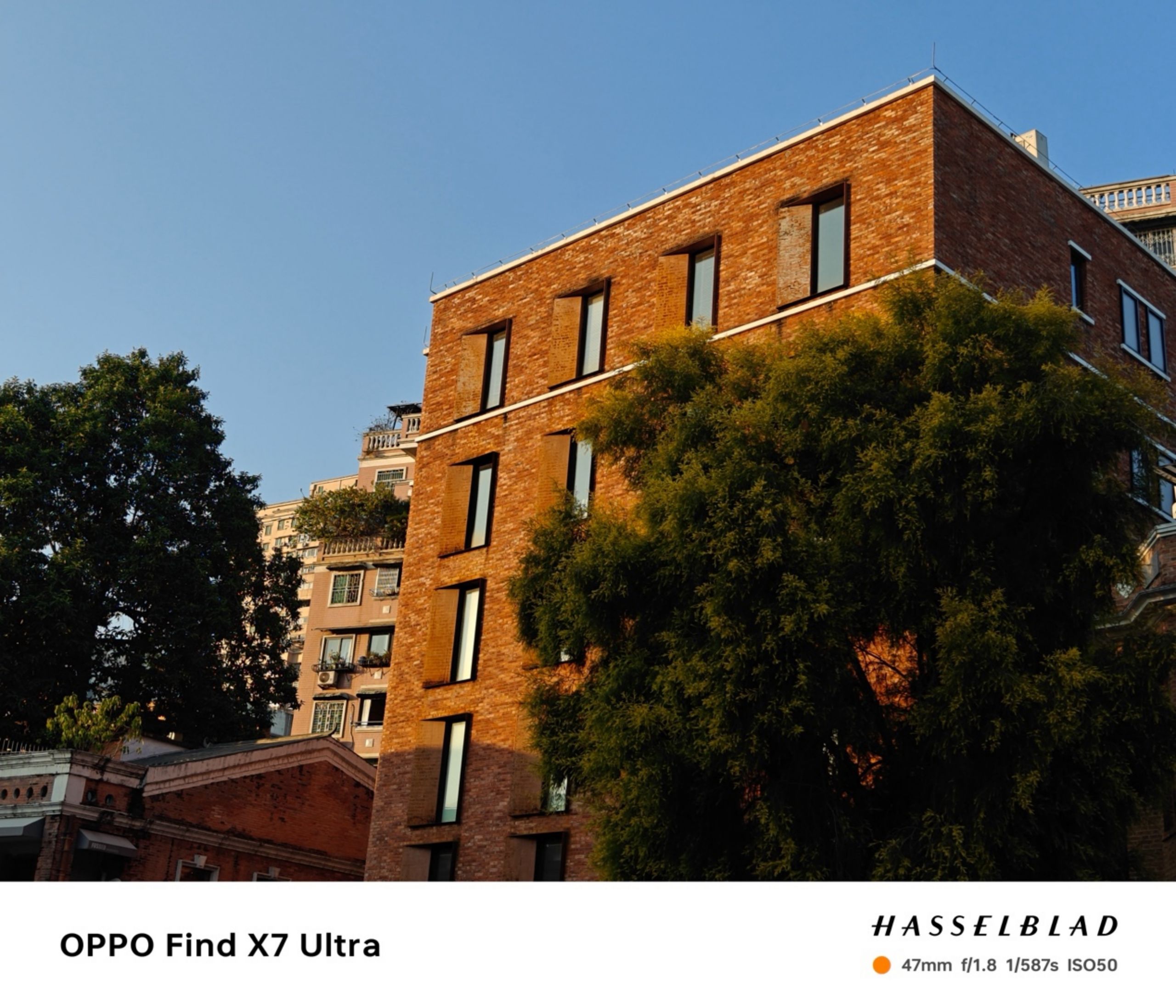
From these samples, you can clearly see the color orientation of the OPPO Find X7 Ultra in the default mode, and will not be processed to be very colorful, the saturation is similar to the naked eye, the film is very durable.
Compared to the wide-angle lens samples, the highest frequency of the photos we took is inevitably the two periscope telephoto lens, compared to the wide-angle and ultra-wide-angle, the spatial compression of the film is stronger, and it is easier to find the unique and beautiful scenery around.
This telephoto sample also better reflects OPPO's advertised "ultra-light image" characteristics.
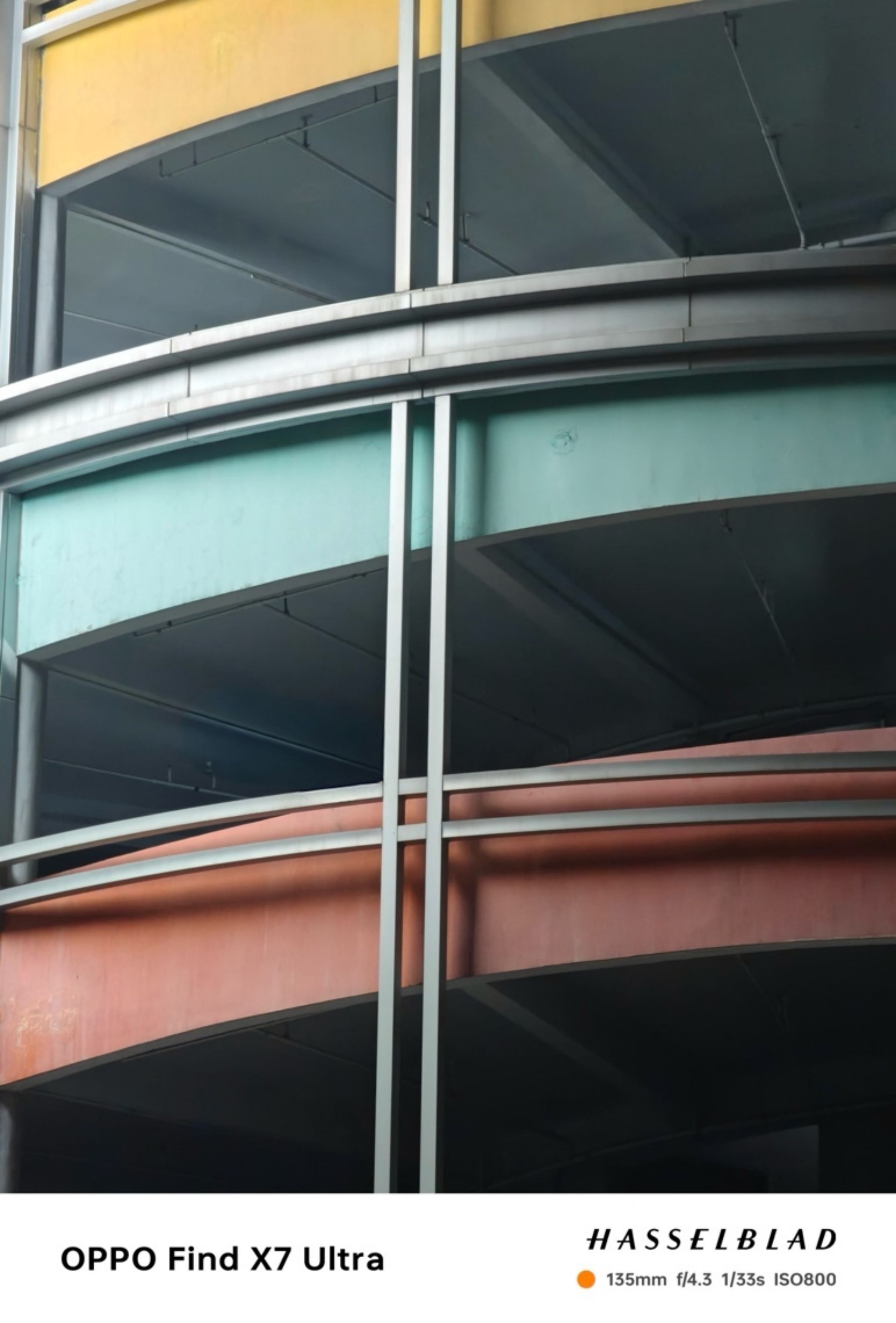
From this telephoto sample can be seen, OPPO for the relationship between light and shadow is handled very well, and will not brighten the dark part of the dark part, the highlights of the part of the forced down the exposure, presenting a very natural and good-looking relationship between light and shadow, and for the edges of the parking lot of the different colors are still not violent to pull up the saturation of the orientation, it is really both good-looking and high-level.
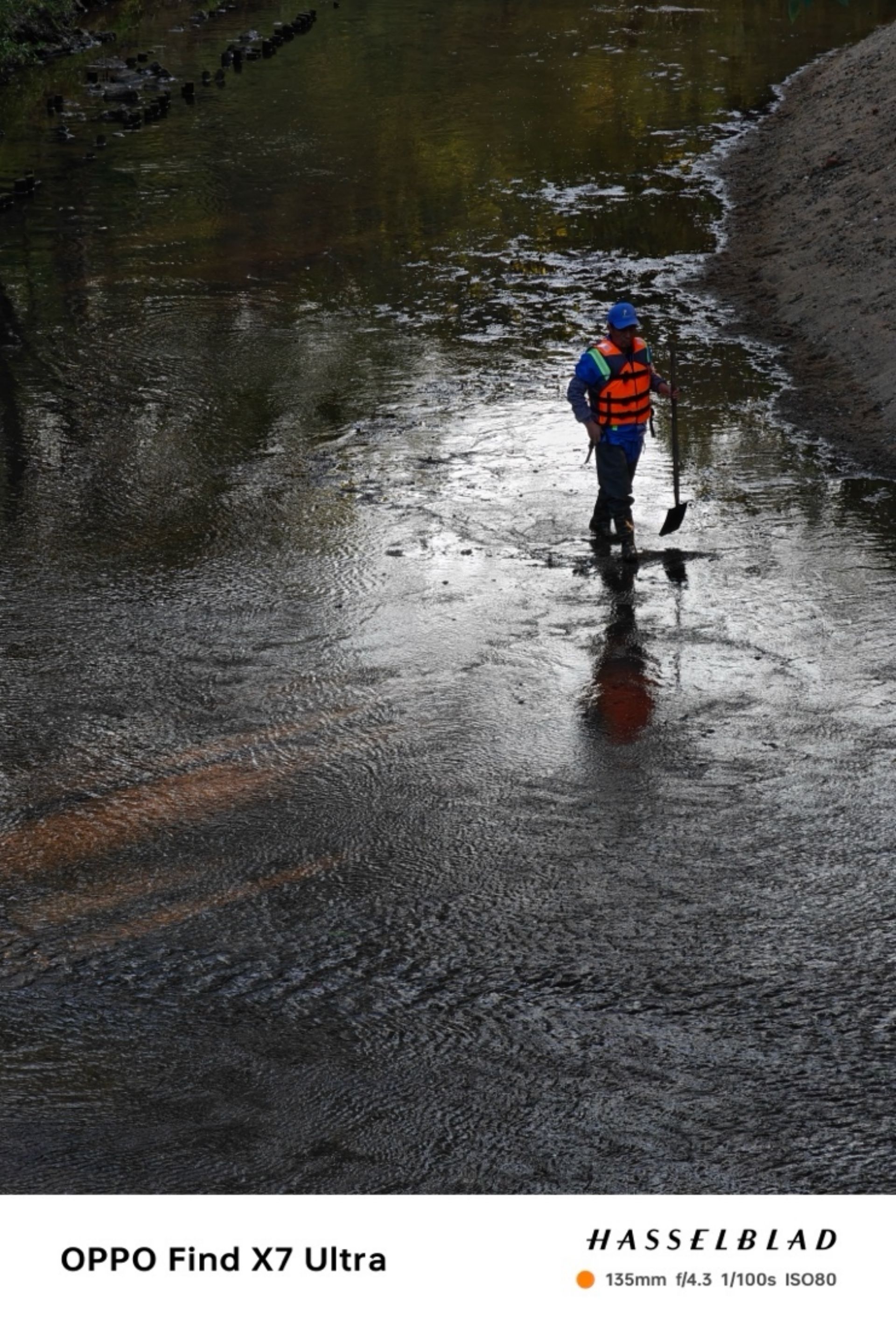
This sample is also an excellent presentation of its ultra-light images, the upper pool of water exposure is darker, there are highlights around the characters will also be controlled in an appropriate range, and the detection of the characters will not brighten the whole, we zoom in to take a closer look at the water ripples under the feet of the sanitation workers and a beam of sunlight on the left side of the picture, will be photographed in the most perfect state of all the elements are retained.
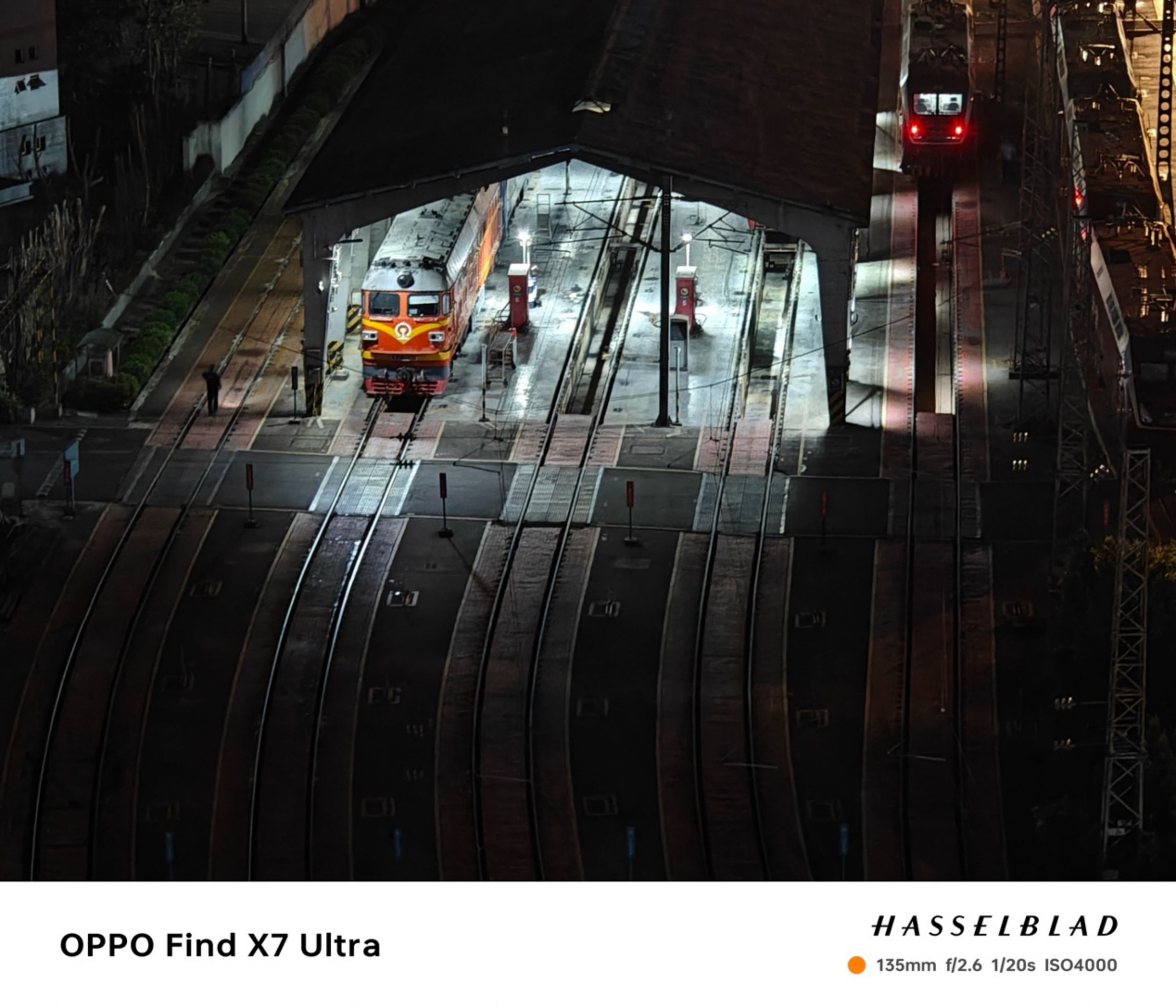
This shot was also taken at the 135mm equivalent focal length, and in nighttime scenes, the OPPO Find X7 Ultra also doesn't violently brighten up the dark areas to achieve the effect of seeing the whole picture clearly, and the lights in the highlights are also very well controlled, the only regret is that the bottom of this ultra-telephoto lens is indeed a bit small, and the image quality is rather mediocre in dark light environments, and the image quality is rather mediocre in dim light scenes using the 65mm equivalent lens, if possible. If possible, it would be better to use the 65mm equivalent lens in dark light scenes.
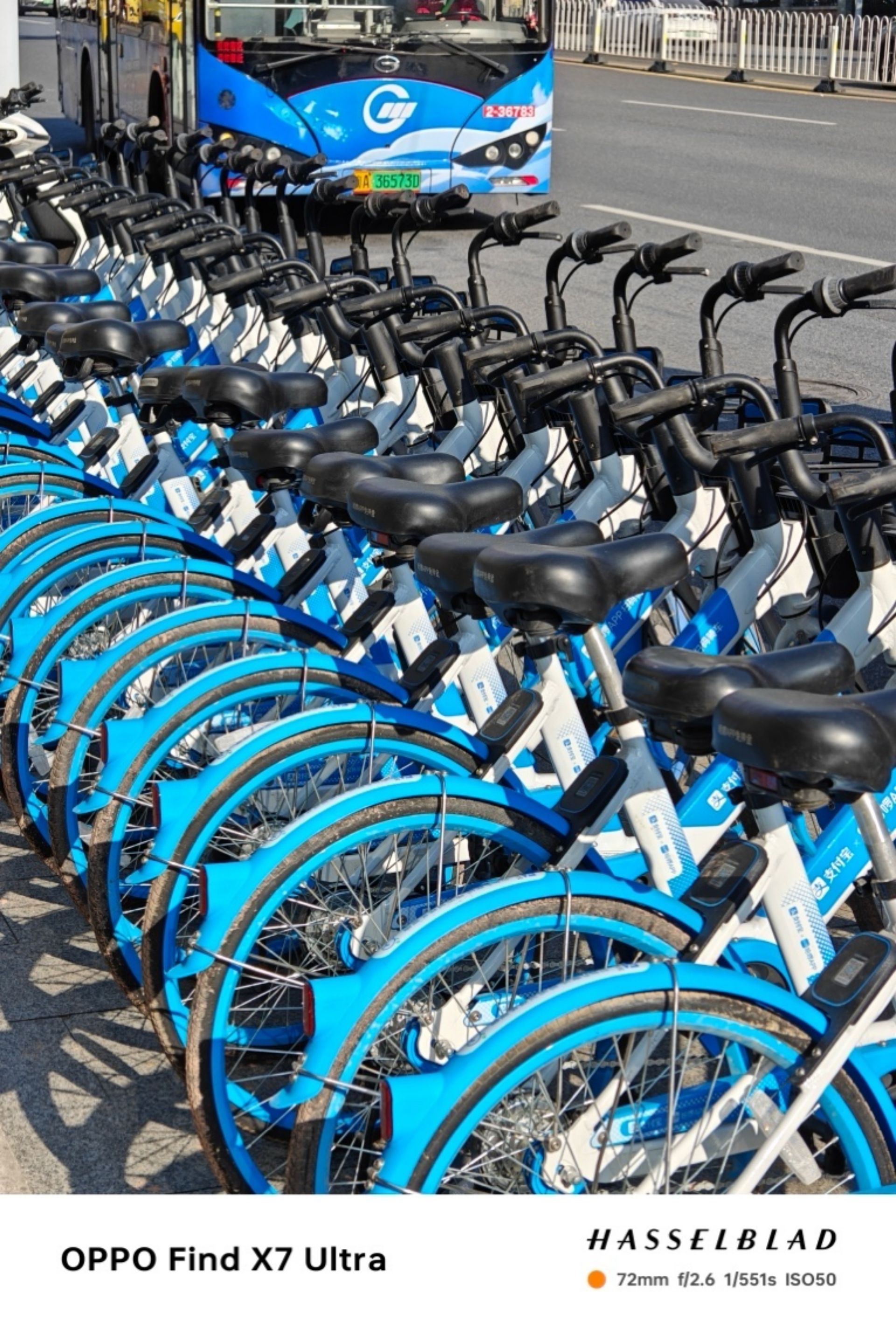
The blue color of the whole sample film is predominant, but still can be well rendered, the picture is full of details, 72mm compression is great, also very suitable for daily street sweeping out of the film.
I think we should have noticed that the above samples are shot in the default mode, looks enough to have the flavor of Hasselblad, so the original professional mode is not even more "Hasselblad"? This time OPPO has reconstructed the automatic mode and professional mode to make a more obvious distinction, this time OPPO called it "Master Mode".
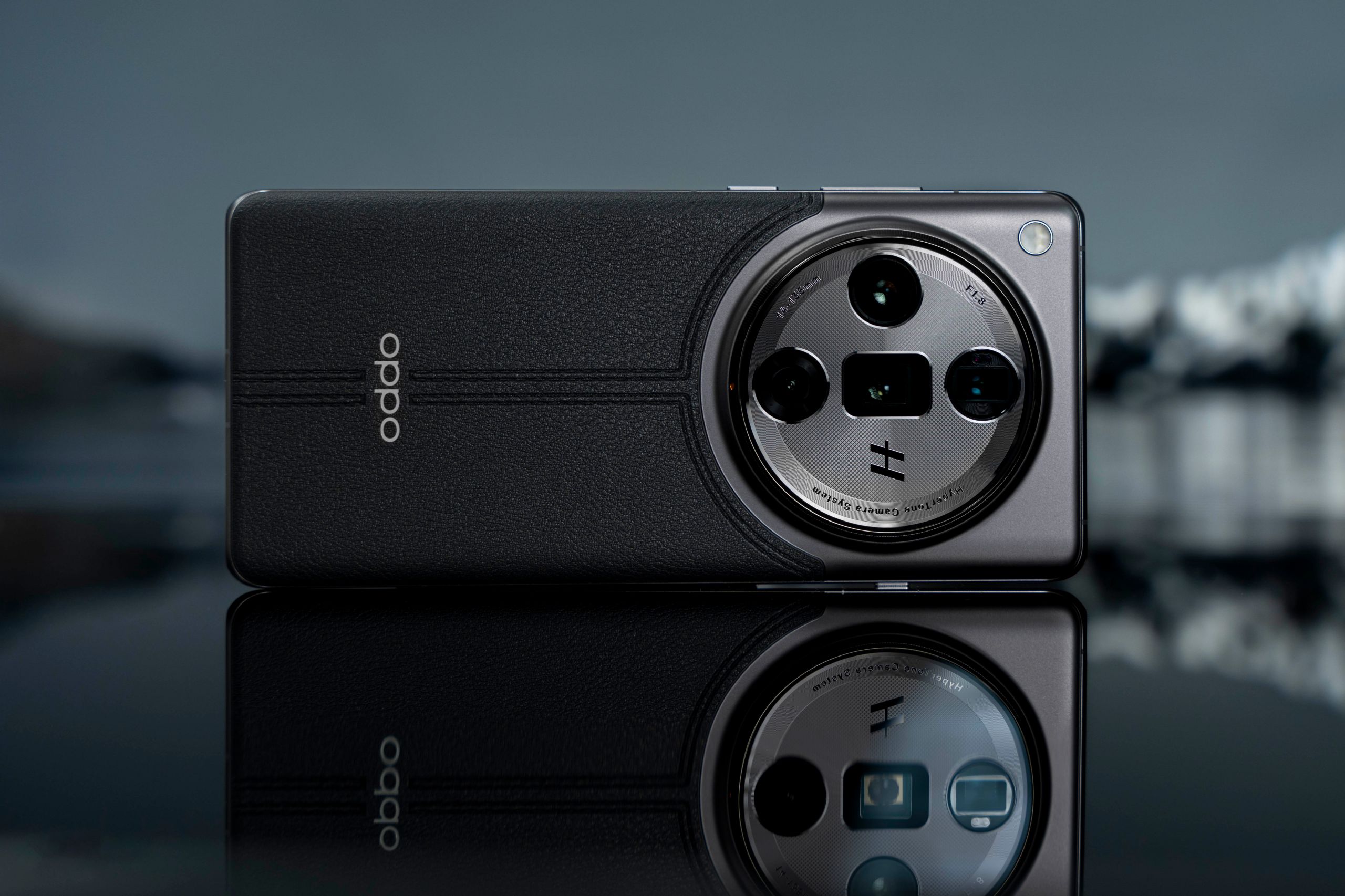
In the camera interface to the left slide can see the master mode, this interface in the lower left corner of the Auto and Pro two options, the right side of the detailed adjustment for the effect of the photo can be seen, such as sharpness, contrast, dark corners, grain, and saturation, there is still a lot of adjustable space, and it is worth noting that the OPPO in fact gives a default value, is the dark corners open, the sharpness of a certain degree of enhancement.
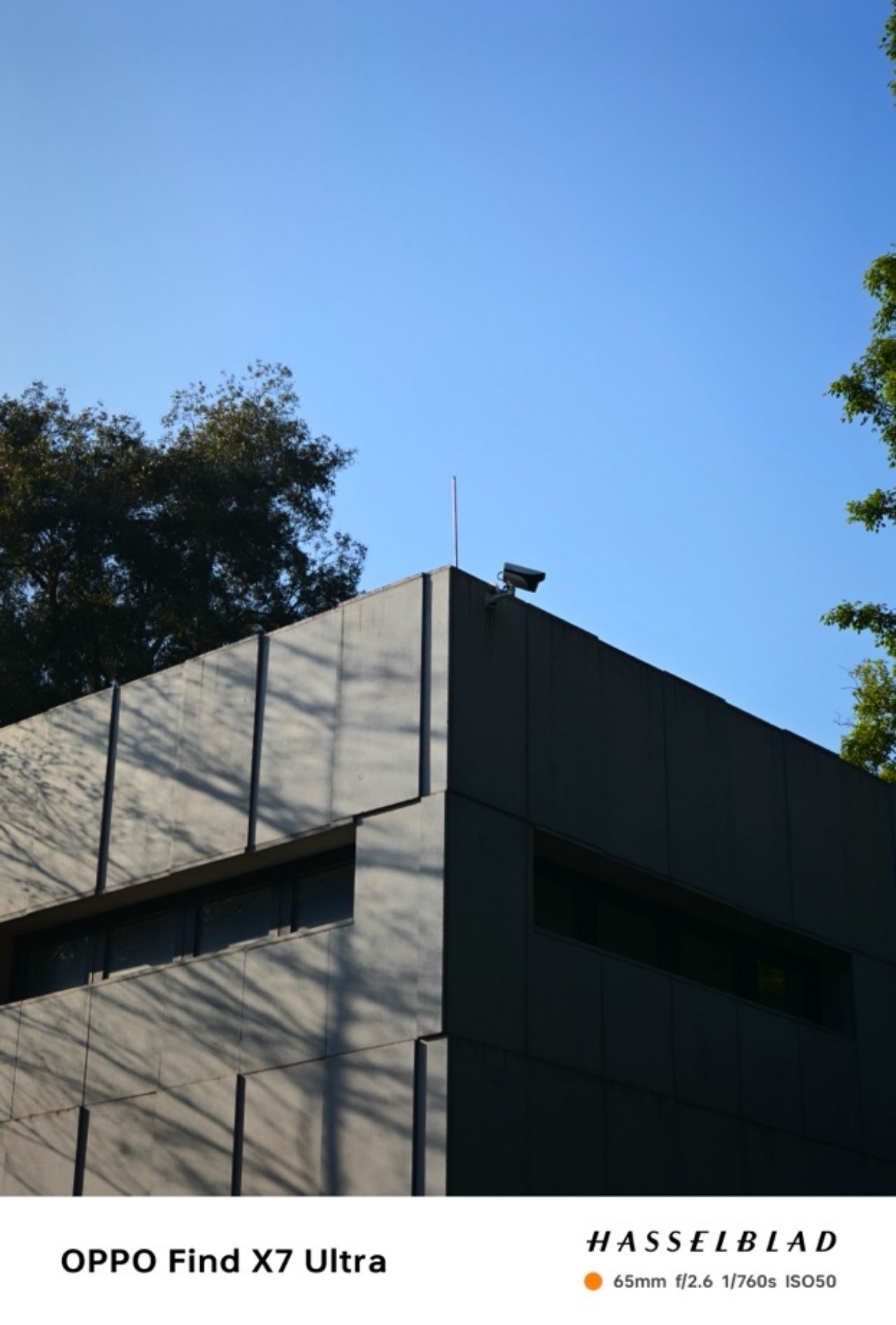
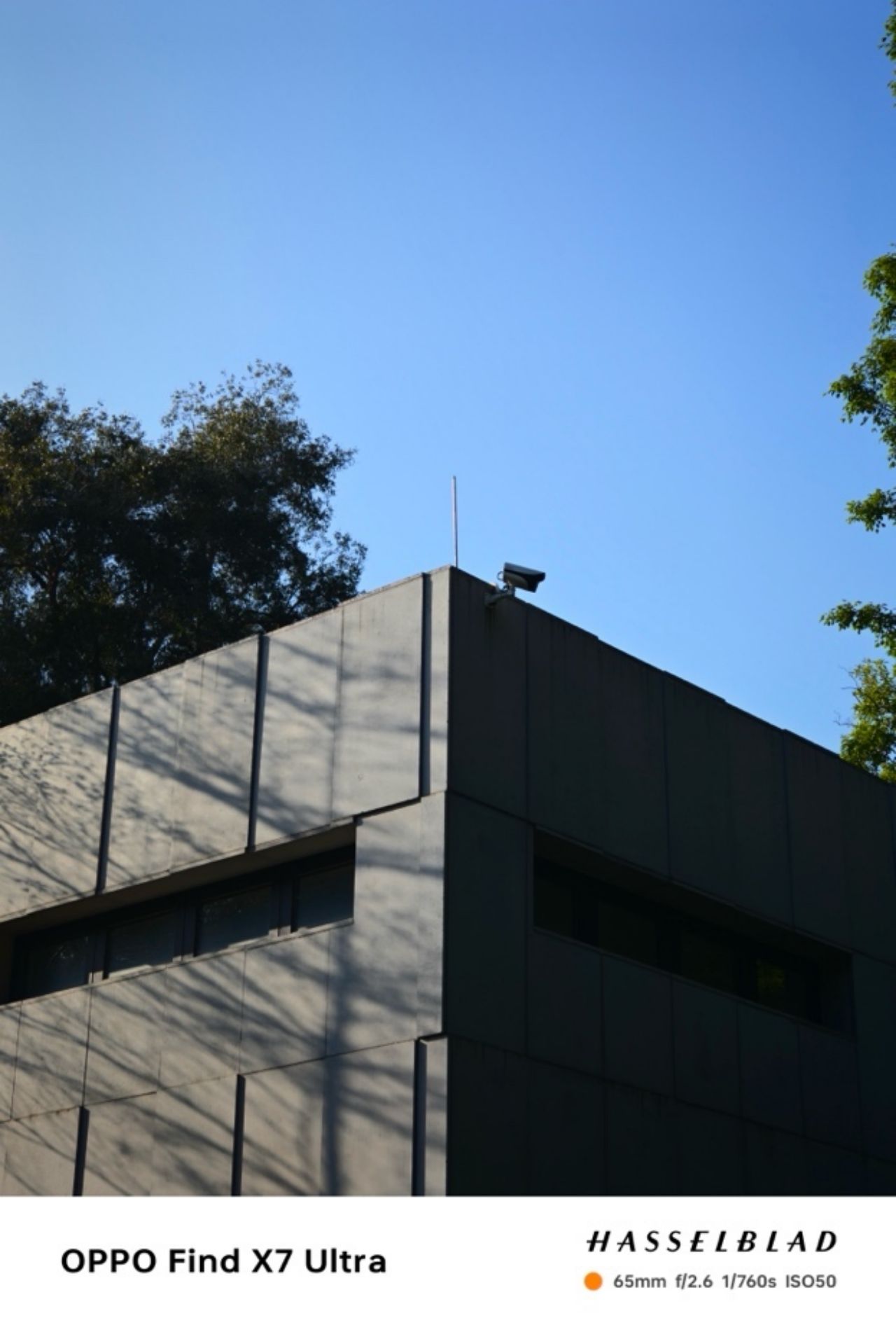
Default photo mode samples (left) vs. Master mode samples (right)
We can compare the difference between the photos taken in the default mode and the Master mode, the most obvious difference is of course the difference in focal length, the focal length in the Master mode uses the native focal length of the lens, while the default mode will be somewhat cropped, which will also be presented in the watermark.
Color, the saturation of the master mode will be lower, the blue sky is very obvious, and there will be some dark corners, the exposure strategy will be different from the default mode, relatively lower, I feel that the use of the scene is more limited, the film has a "too much force" feeling.
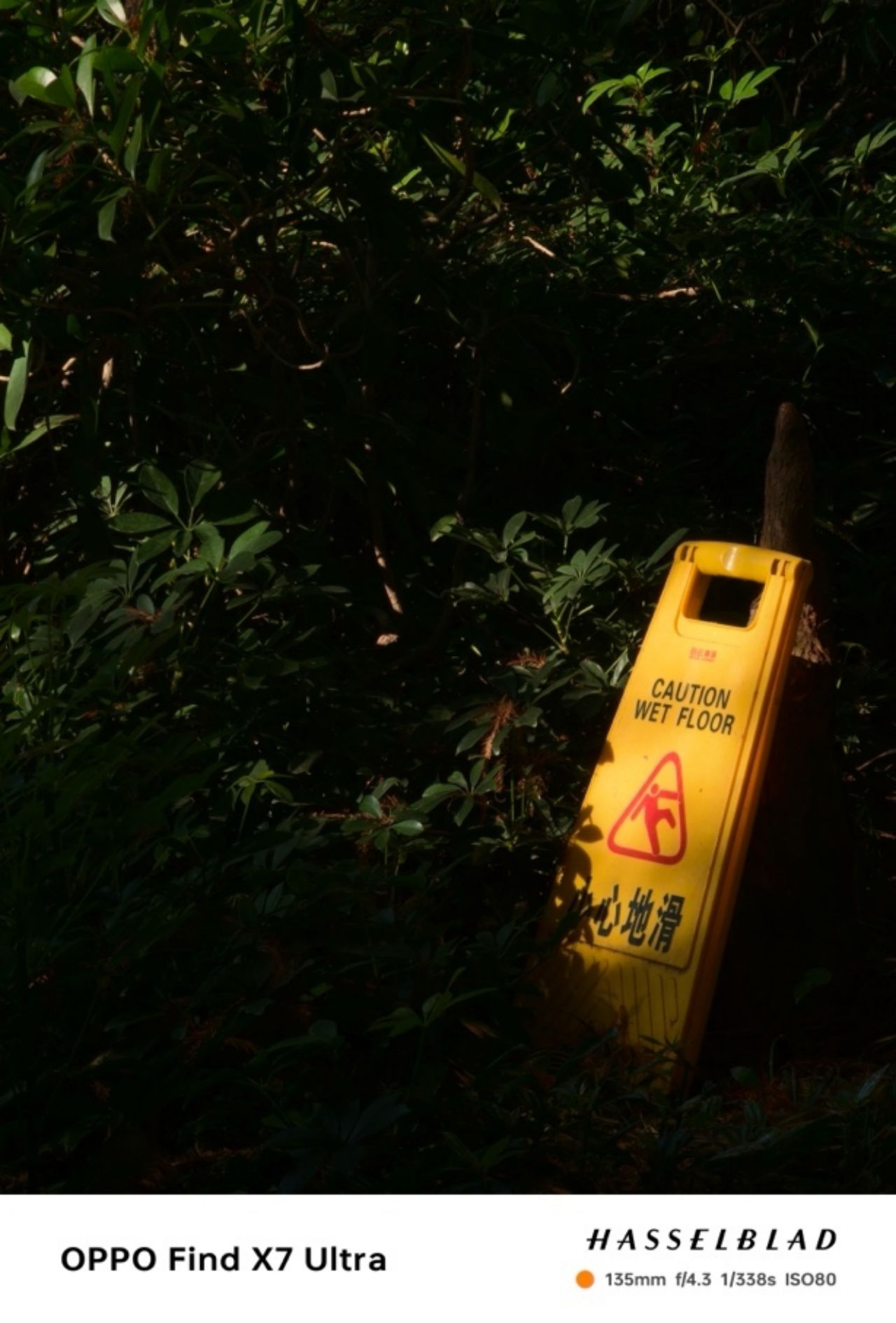
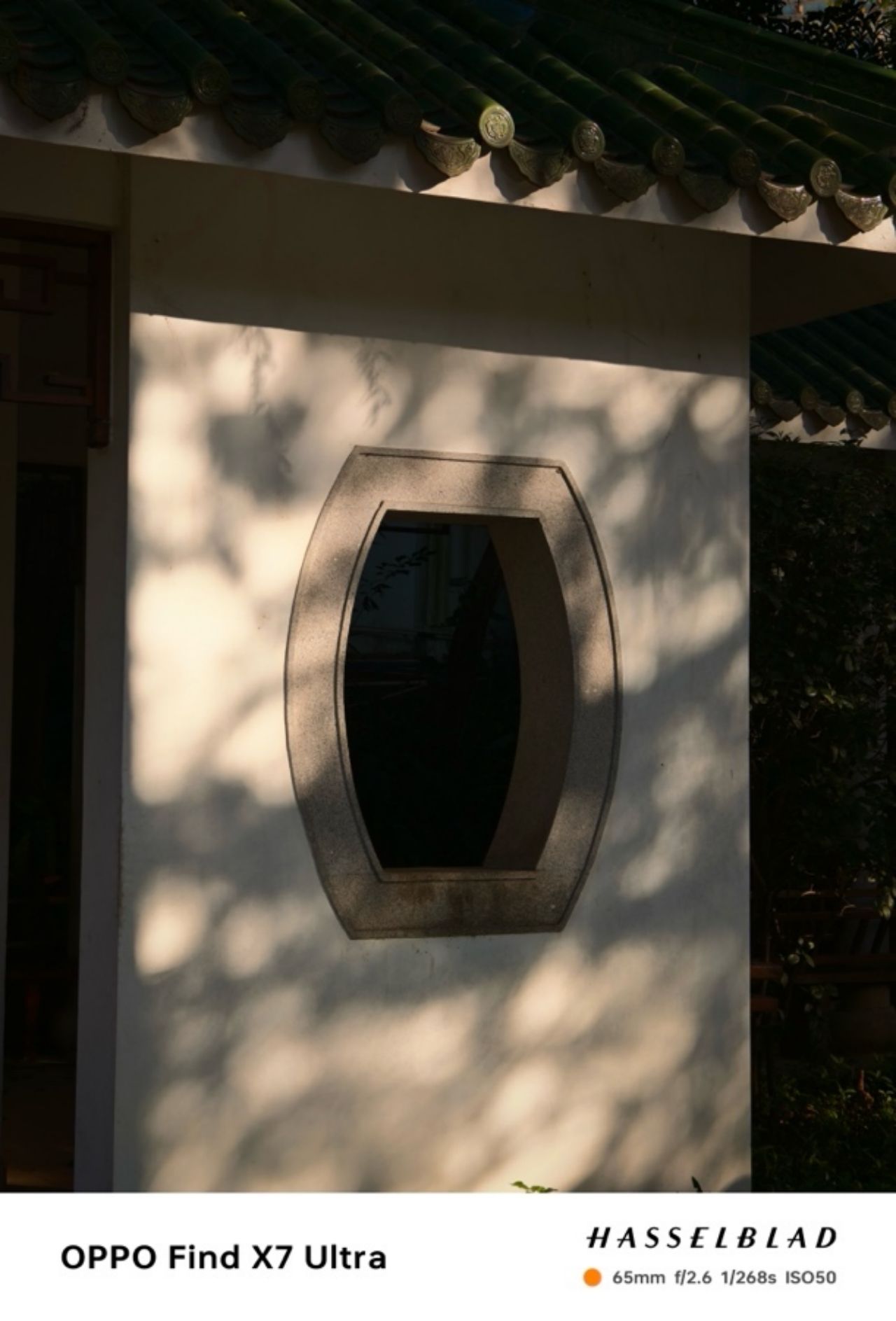
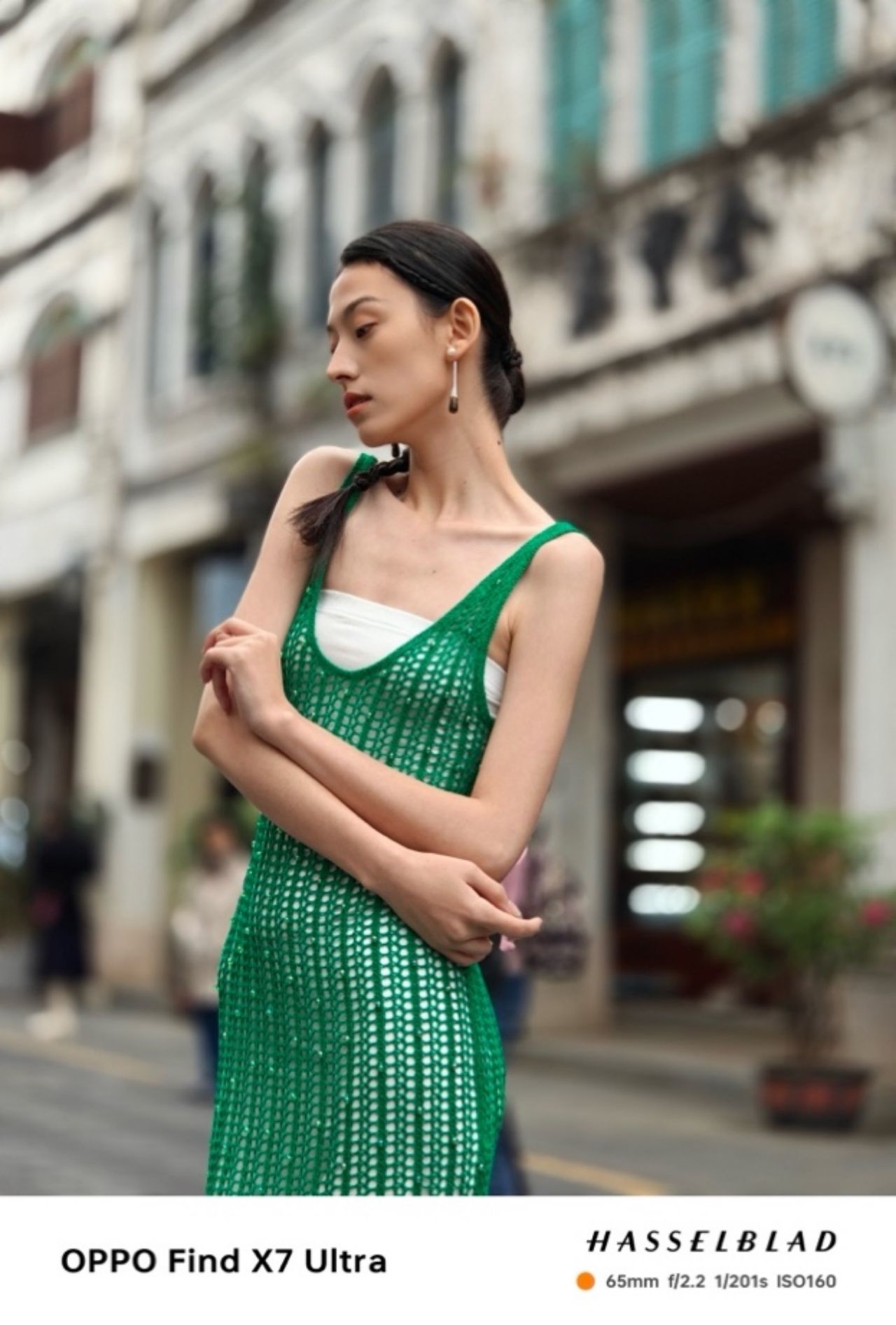
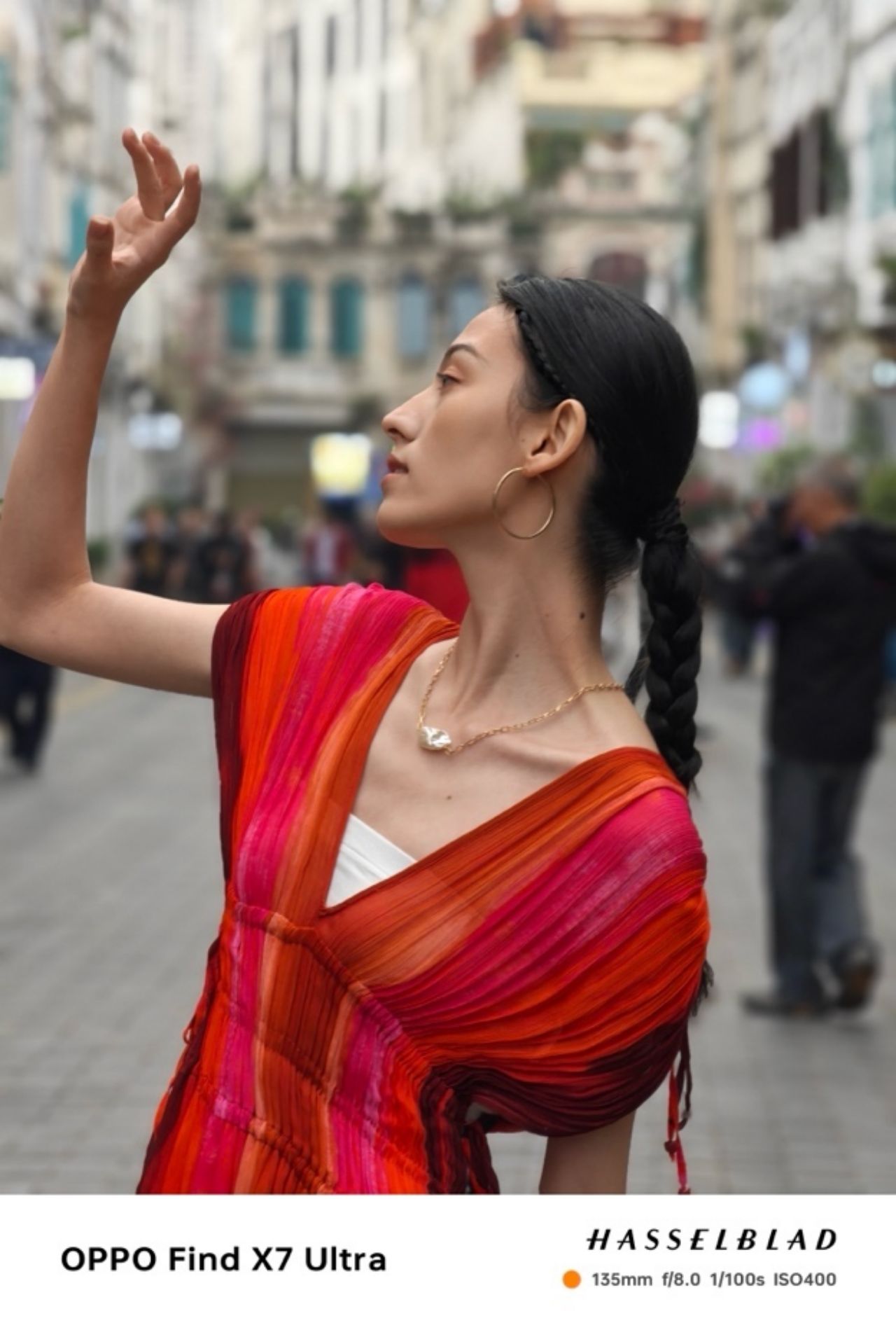
In the light of the scene or the need for serious photography scene, OPPO Find X7 Ultra's Master mode is very suitable, lower saturation, lower exposure and higher contrast, so that the film's sense of high class has been improved.
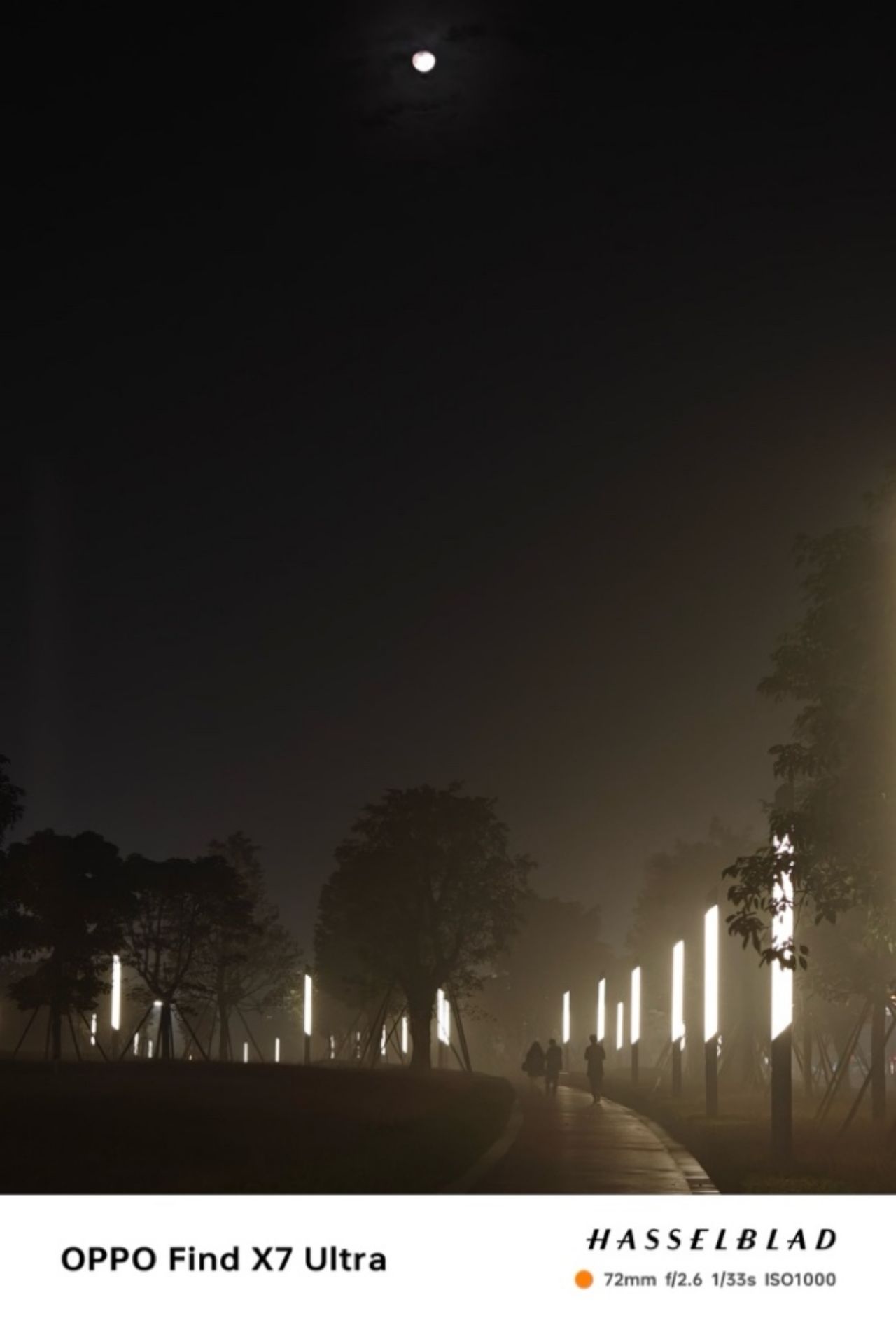
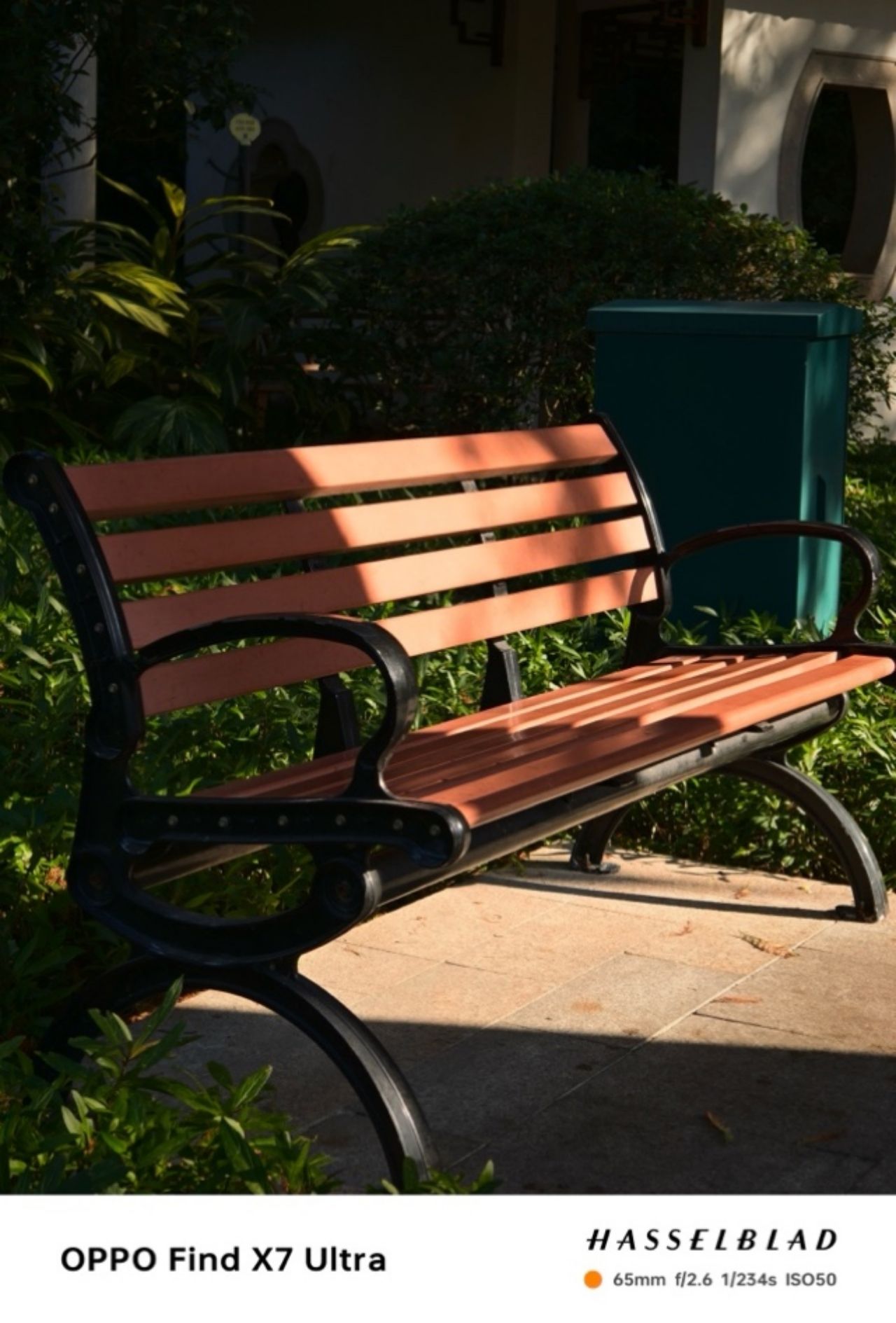
After sharing the still life shooting, let's take a look at the portrait shooting, this time OPPO Find X7 Ultra brings the Hasselblad Professional Portrait Mode, whether it's for the characters or pets or objects, the keying is done very well, and the light and shadow of the face is handled very well, very much like the feeling of shooting in a studio with a professional fill light.
After all the praise for the photos, but in this experience, I still encountered a regrettable point, OPPO think this is an advantage, but I think this may be its shortcomings, that is, ProXDR. I agree with OPPO's ProXDR display, which can make the picture no longer flat, highlights brighter, and darker to form a more distinctive contrast, whether it is in the rendering of neon lights, street lamps, or metallic texture is very good. It works well for neon lights, streetlights, and metal textures, as well as bright areas in scenes with large light ratios, making it look as if you're recording the light at the scene.
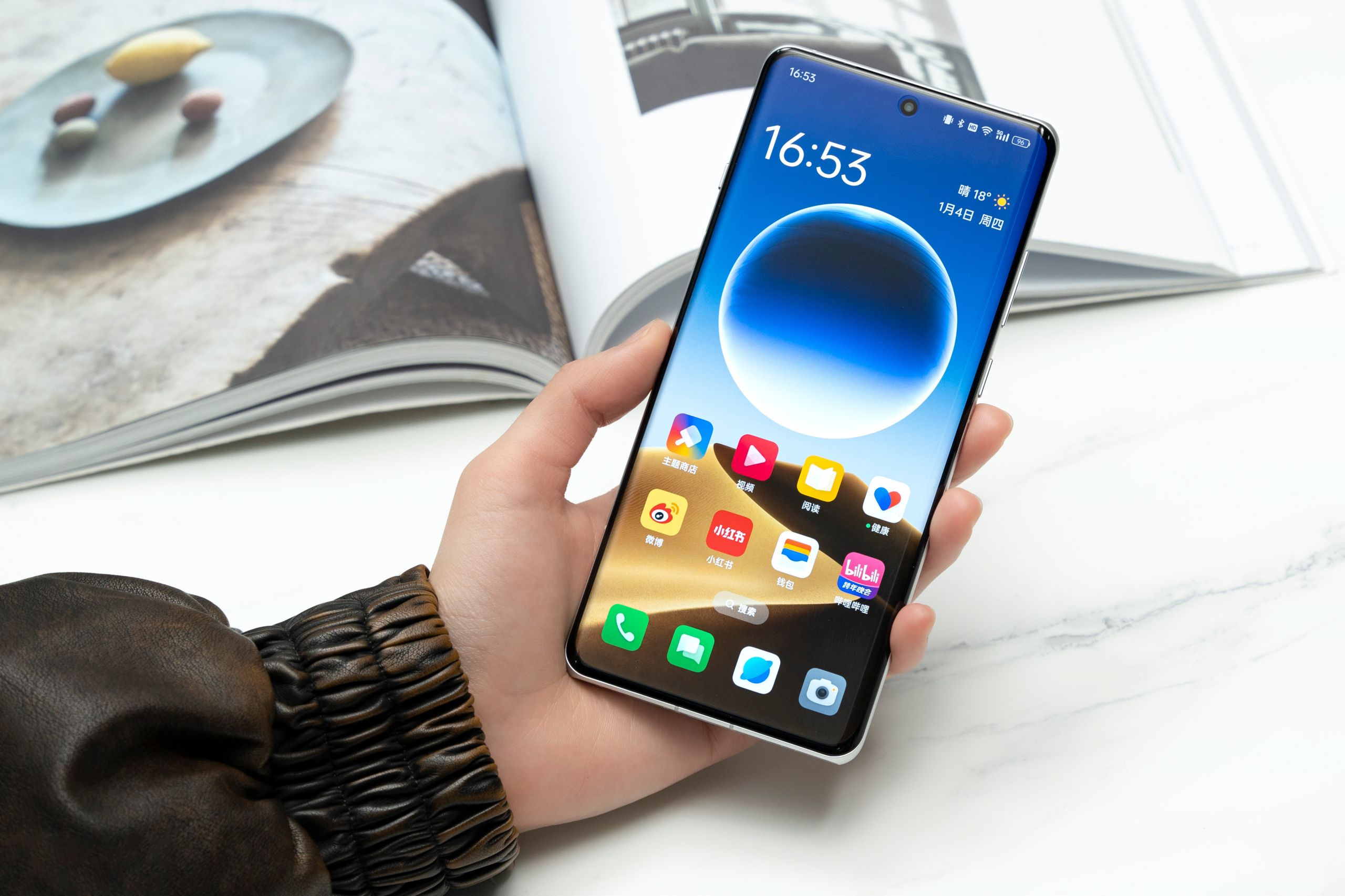
However, OPPO did not take into account the fact that the shared photos do not support ProXDR display, so it is necessary for the manufacturer to balance the level of darkness and light in photos with or without ProXDR, and I personally believe that the OPPO Find X7 Ultra does not do a good job of this, and some of the photos that look amazing on the phone will be flat or even unable to find the focus after transferring them to the computer.
The two photos above are obvious examples, you can imagine how amazing it would look on a phone, like the picture on the left, you can see the lights are highlighted on the phone screen, the whole picture is no longer flat, the scene on the right with a large light ratio is actually a bit similar to the pictures shared above, which makes it slightly more bland.
After talking about photography, let's take a look at the video, this time OPPO Find X7 Ultra a big step forward, this is the Android end of the first to support the full focal length 4K Dolby Vision HDR video shooting phone, although only 30fps, but this is also a big step forward in the Android cell phone, it can be said that OPPO's video shooting can be second only to the iPhone and Samsung.

Domestic top screen support, high brightness and high color accuracy and eye protection ability
To be able to shoot Dolby Vision video naturally needs a good screen to display it, this time OPPO Find X7 Ultra equipped with a domestic top screen, the resolution of 3168x1440, the pixel density has reached 510PPI, supports 120Hz high refresh rate, and also supports adaptive refresh rate adjustment.
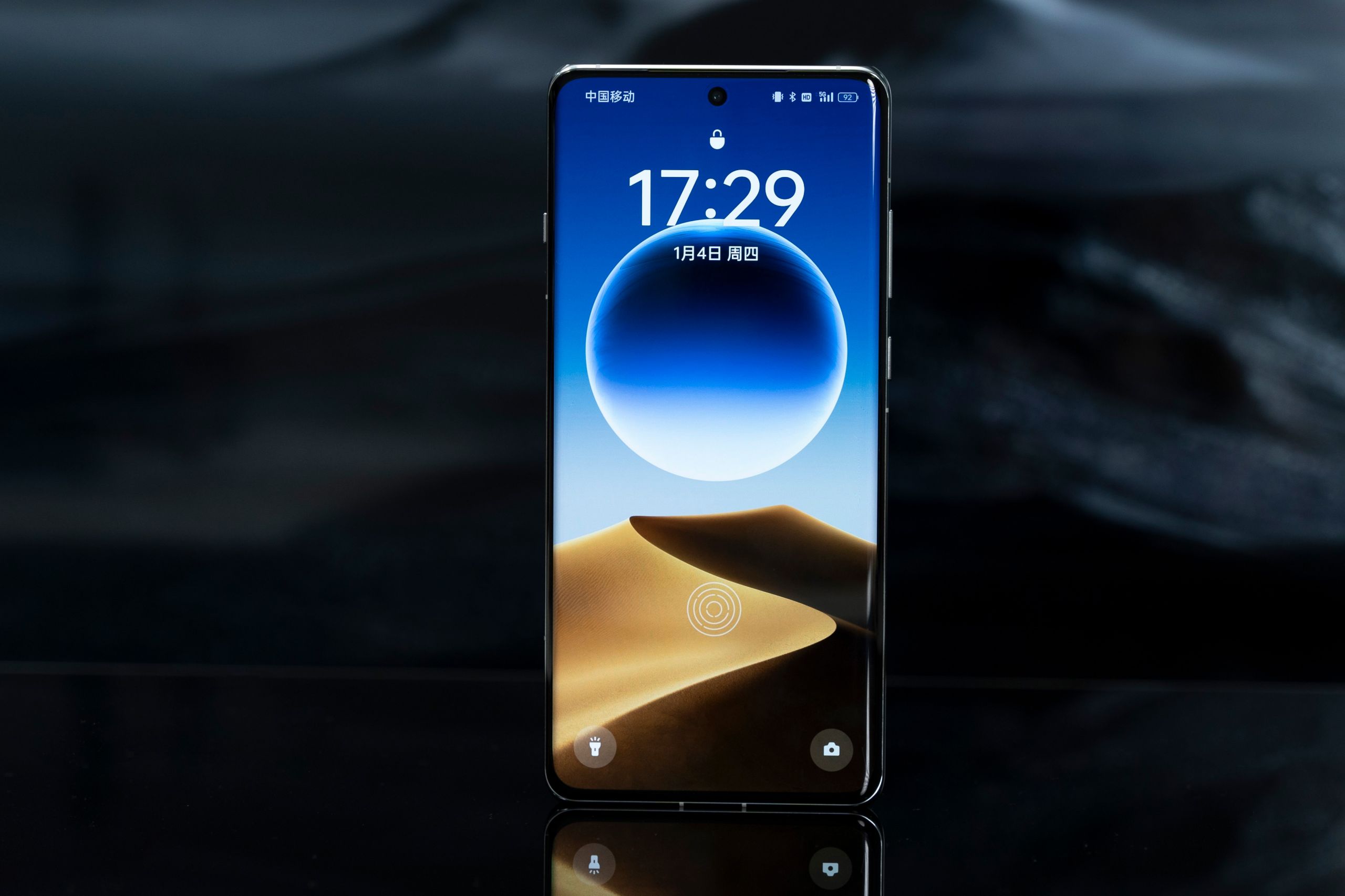
Color gamut color calibration, in vivid mode, we measured can go to 100% sRGB, 96.8% DCI-P3, and in the professional mode is 98.9% sRGB, 72.4% DCI-P3. in vivid mode color calibration, the average △ E reached 0.5, or very good, the color of this screen is trustworthy.
The screen is made of BOE's 8T light-emitting material, and the measured manual maximum brightness can go up to 837nit, and after activating ProXDR in the photo album, the localized excitation brightness can go up to 2214nit, which is a very high level among the Android flagships, and this is also the secret that ProXDR can greatly increase the score of the photos as mentioned earlier.
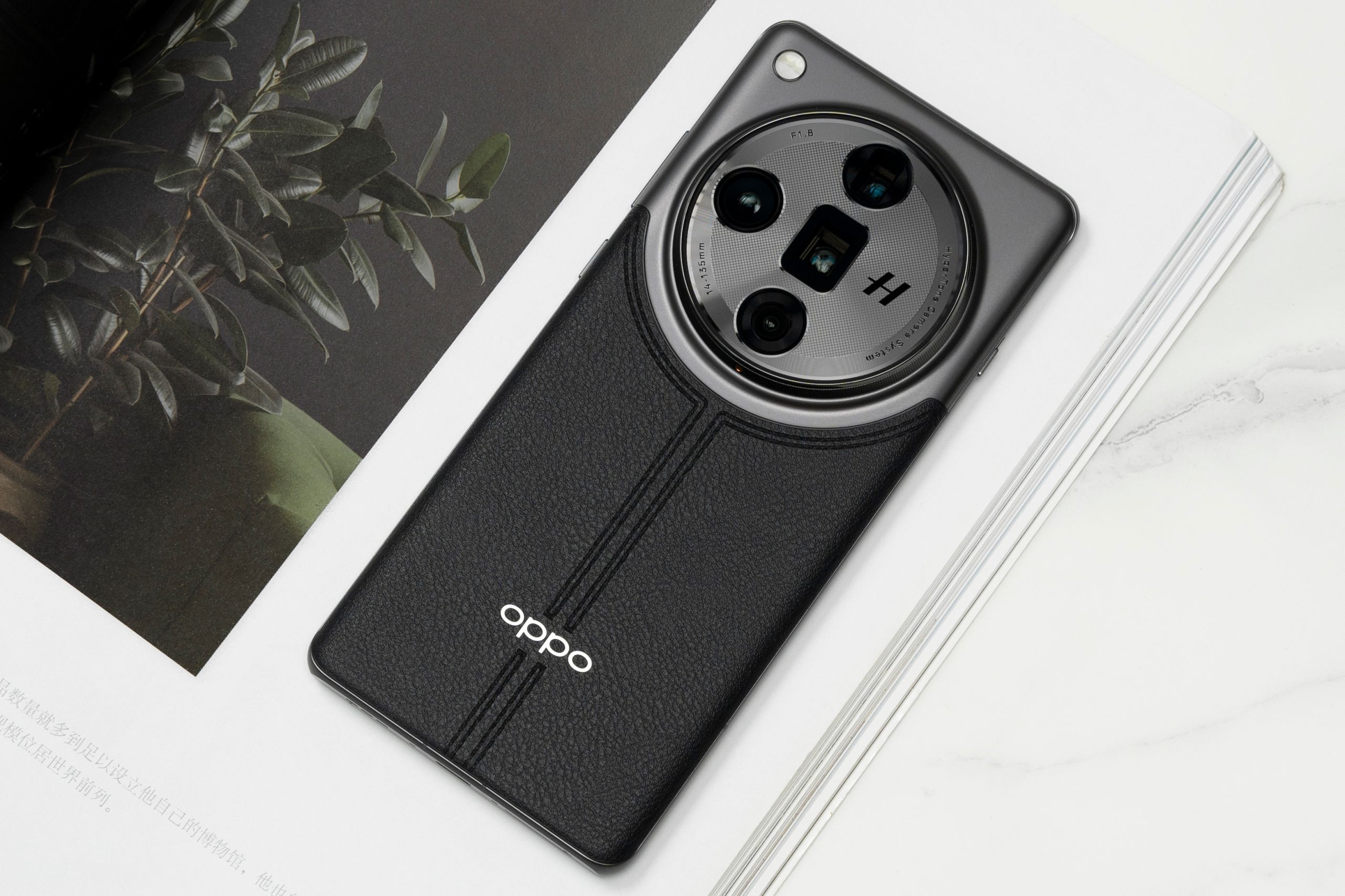
Unlike the previous generation, OPPO Find X7 Ultra this time pay considerable attention to screen eye protection, support for "3 EM Pulse + 1 EM Pulse class DC dimming" and 2160Hz high-frequency PWM dimming, which greatly improves the screen stroboscopic flicker problem, but also able to SVM as low as 0.3, it can be said that this block is a very high level in a group of Android flagships, which is also the secret that ProXDR can greatly add points to the photo as mentioned earlier. 0.3, it can be said that this screen should be the most eye-friendly of all screens.
As early as at the launch of One Plus 12, we heard about a sleep mode that protects melatonin secretion, and also utilizes a natural light-like display to achieve a comfortable viewing effect, which can minimize the impact of blue light on sleep and make it easier for you to fall asleep.
No short configuration, still has a thin and light feel
OPPO Find X7 Ultra This time, two periscope telephoto lenses are stuffed inside the phone, as well as a top-notch screen, a third-generation Snapdragon 8 flagship chip, and an excellent heat dissipation system, and I believe that many of my friends will send out this question, the body will be very thick and heavy? At first, I also have this concern, but after feeling the actual hand found that the feel is still very good.
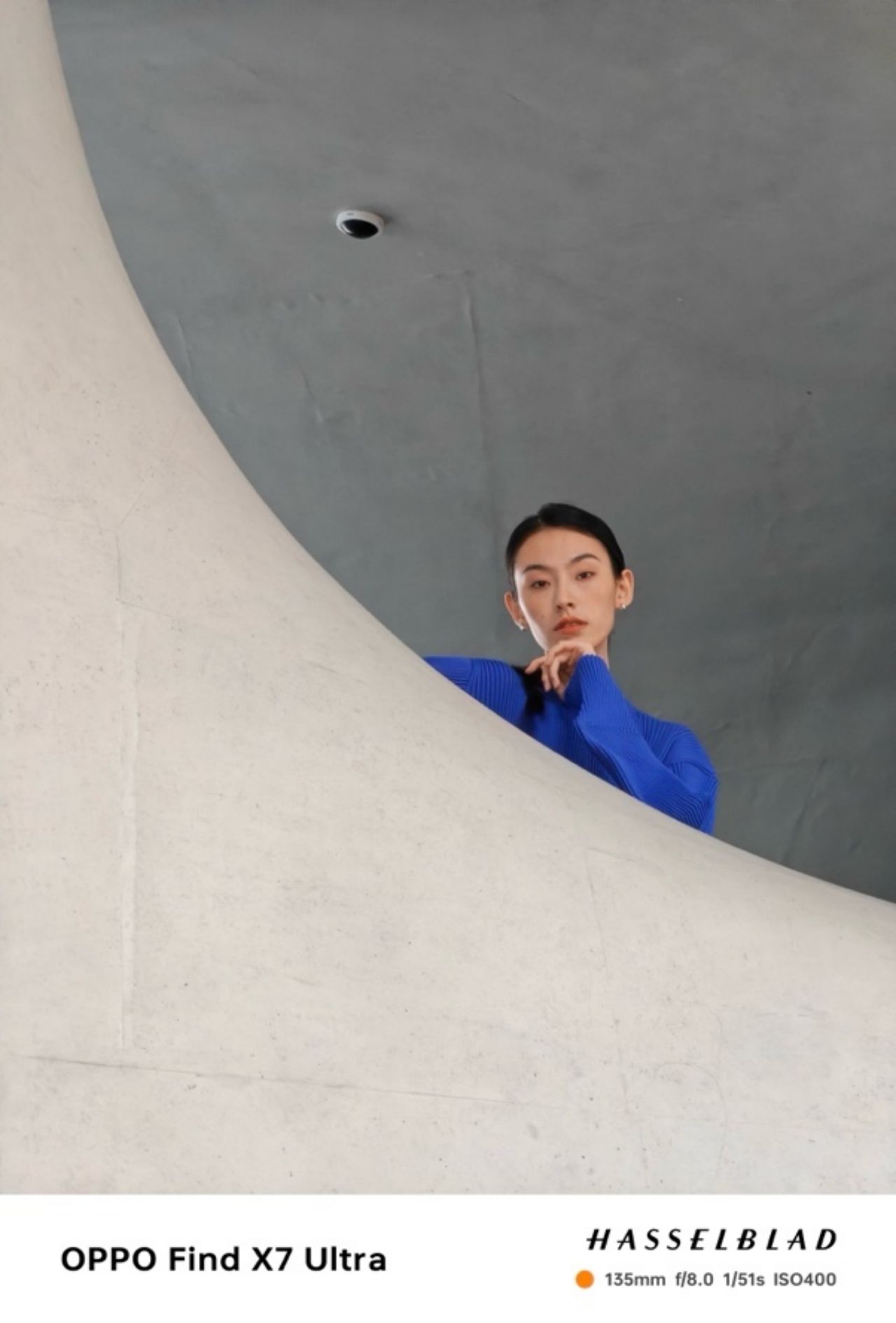
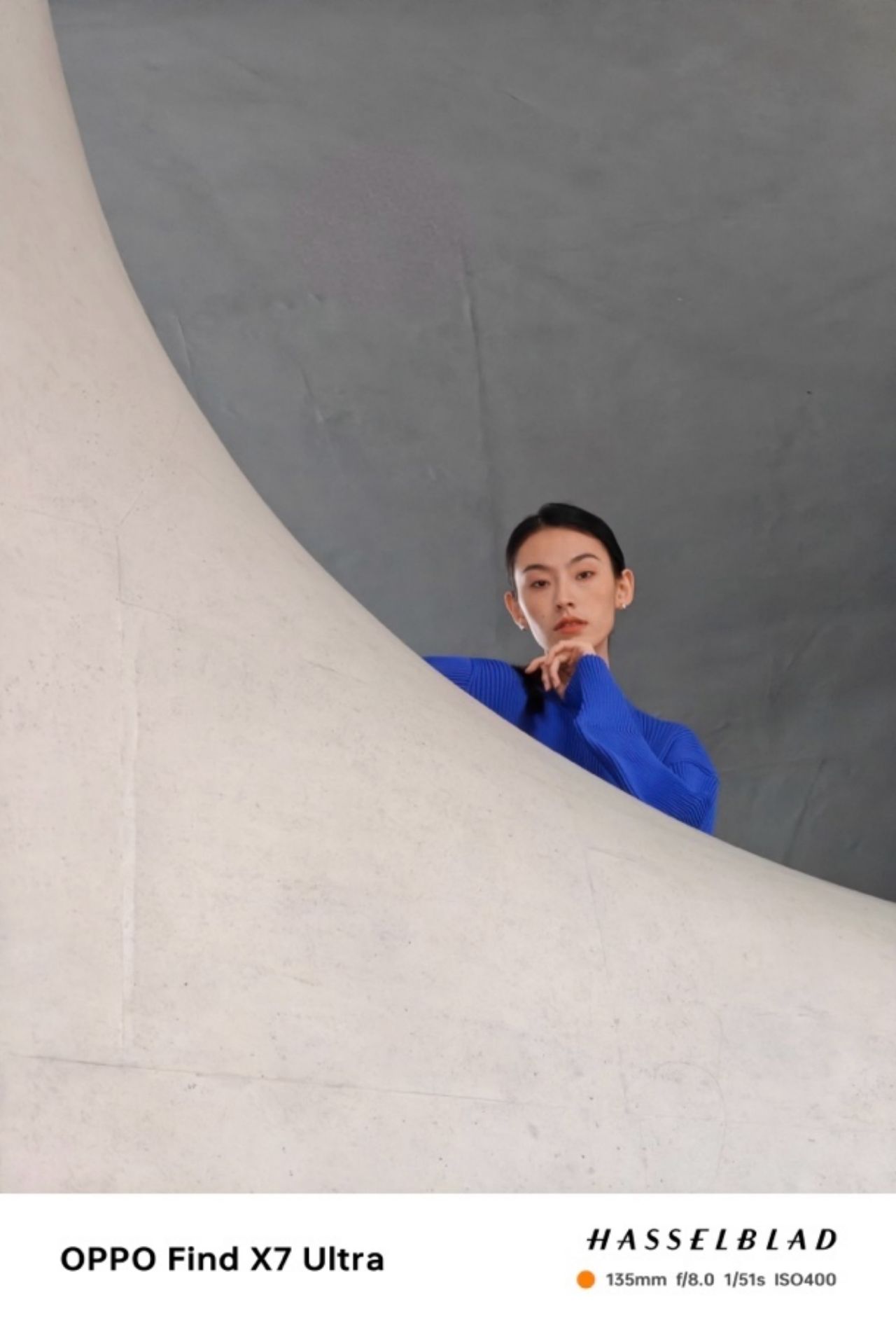
The thinnest part of the body is only 9.5mm, even the thickest part of the lens position is only 14.68mm, due to the use of vegetal leather material, the weight of the whole machine is also controlled in 221g, holding up the center of gravity will not be biased in favor of the lens module, there is no feeling of lightness of the head, and hold the fingers can also be on top of the camera module, to reduce the burden of the weight a little bit.
Super end side big model, bring more intelligent play to the system
Finally, let's talk about the OPPO Find X7 Ultra's ColorOS 14 operating system, built-in a powerful super end-side model Andes GPT, brings a very good AIGC elimination function, the user only needs to select the AIGC elimination in the album, you can turn on the use of elimination accuracy and complementary ability are industry-leading level, the effect is very good. The result is very good, like the following picture, which is a retouching completed by using the AIGC elimination function, and you can hardly see any traces of P picture.
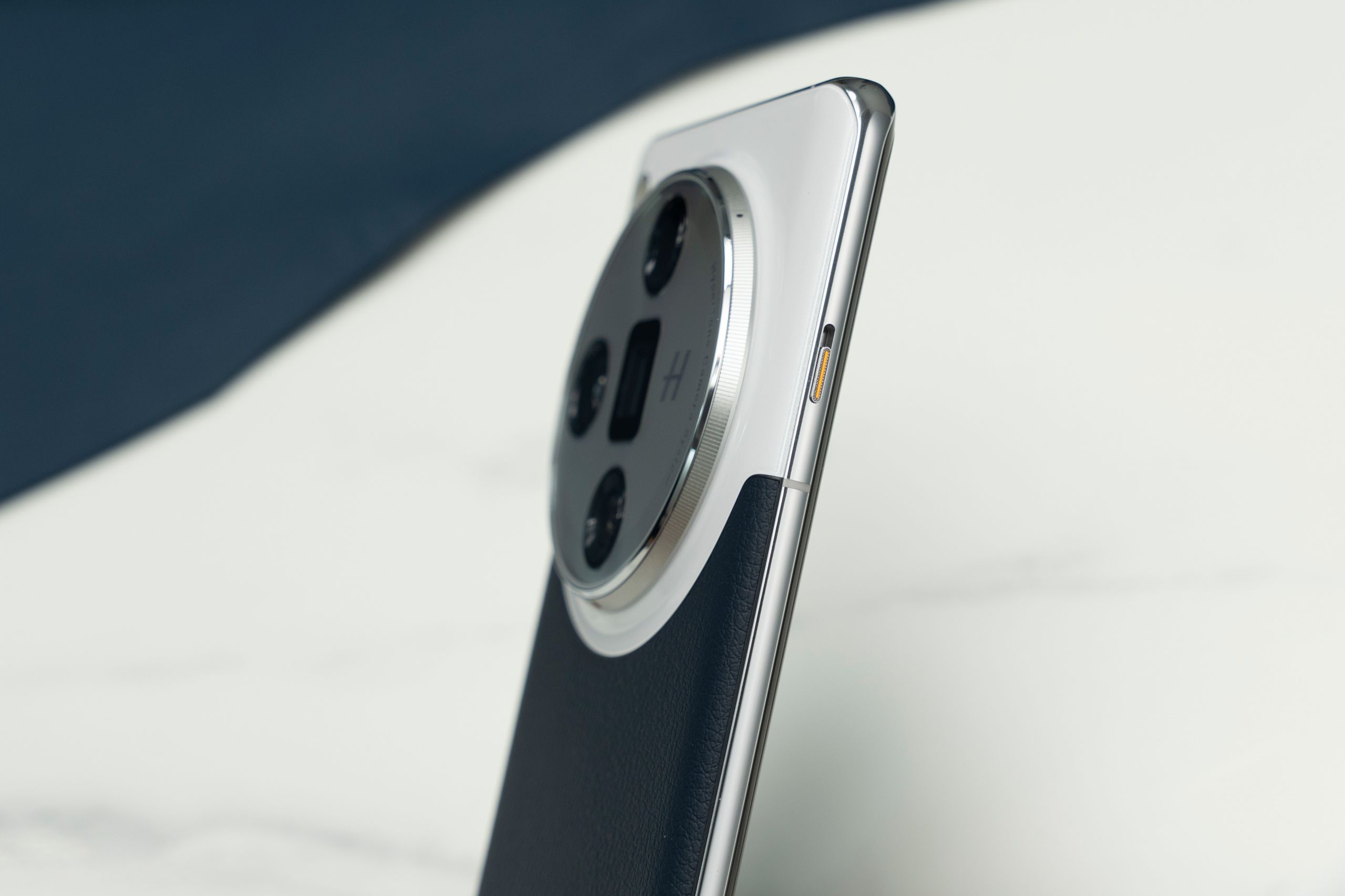
Another feature, which also appears frequently in use, is the call noise reduction function, OPPO Find X7 Ultra through the self-developed voice noise reduction model, can realize the breakthrough performance of the human voice call enhancement under heavy noise interference conditions, whether it is a KTV, downtown, or in the windy outdoors, there are clear enough call quality, the experience perception is quite obvious.
ColorOS 14 also brings a file-on-the-go feature, which allows you to directly view files in various formats such as keynote, pages, numbers, CAD, and markdown, without the need to install an additional APP, so you can use it right away. The Workstation function allows you to connect your phone to a mac computer wirelessly and quickly sync photos and files to the computer.
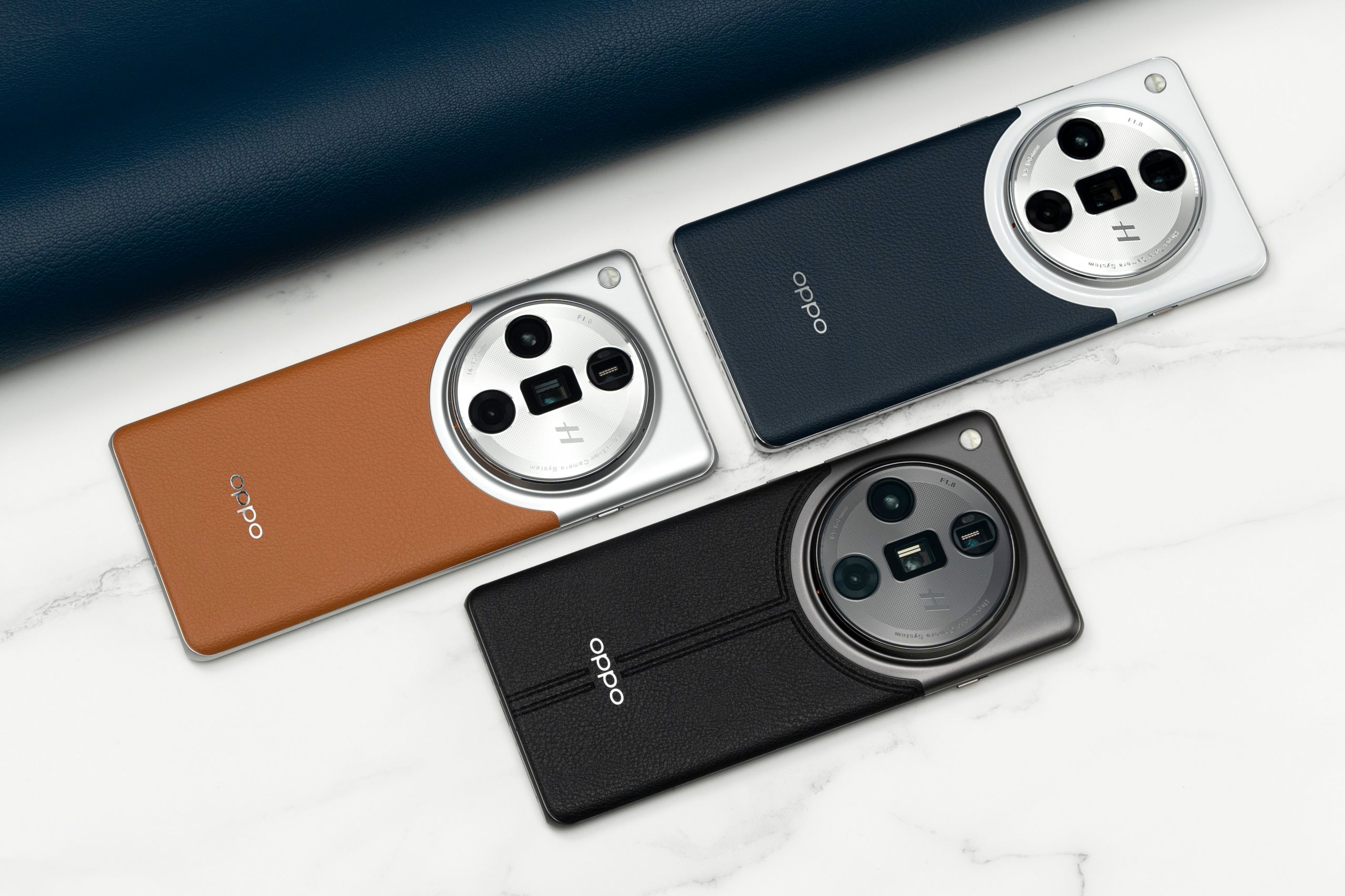
The OPPO Find N3 Collector's Edition, released some time ago, is equipped with a security chip with State Secrets Level 2 certification and brings VIP mode for the first time, and this time the OPPO Find X7 Ultra doesn't need to choose the Collector's Edition to be able to experience the same chip and features, but also adds support for face lock, privacy code lock, password book lock, app lock and other features, so that user biometrics, phone operating system, device locking can be used by the user.
The new features include Face Lock, Privacy Code Lock, Password Book Lock, and App Lock, which allow the user's biometrics, phone operating system, and device locking to be protected by the highest level of physical security, even if they are subjected to a hardware-level malicious attack, and protects the user's confidential information from being maliciously stolen. VIP Mode can be turned on with the three-segment physical button on the left side, which is pushed to the top, allowing the user to turn off the camera, microphone, and location-sensitive permissions with one click, so that apps can't gain access to confidential information.
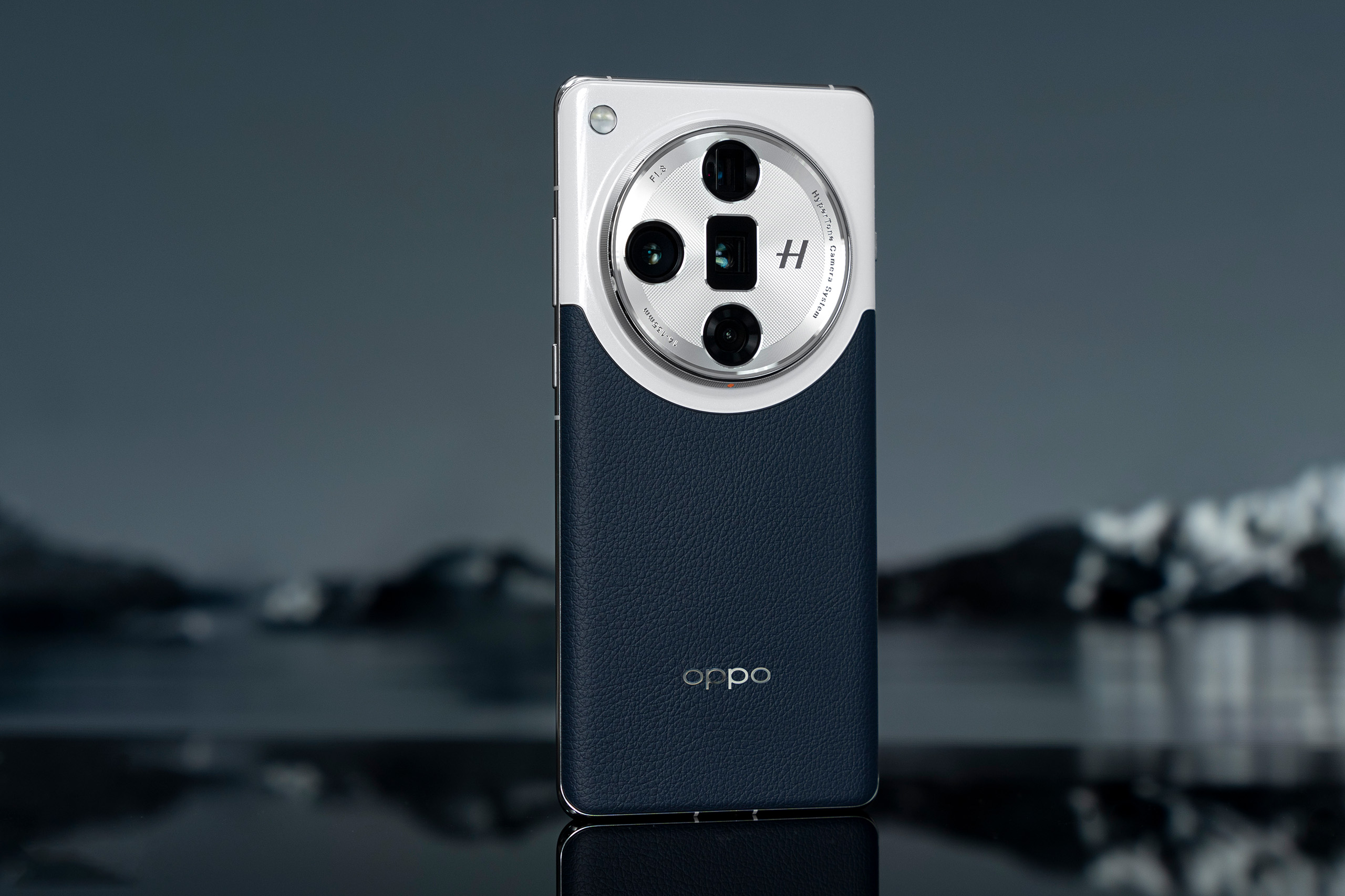
Summing up
OPPO Find X7 Ultra power telephoto must be the right direction, because 65mm is also good 135mm also, the frequency of use than the main camera, ultra-wide angle is not a little bit higher than the telephoto, ultra-wide angle, telephoto unique sense of spatial compression to the user to bring more creative space, coupled with a unique and high-level Hasselblad color, so that the user can be easier to complete the creation of, whether it is to record the life or to complete the work! , it can be easily competent.
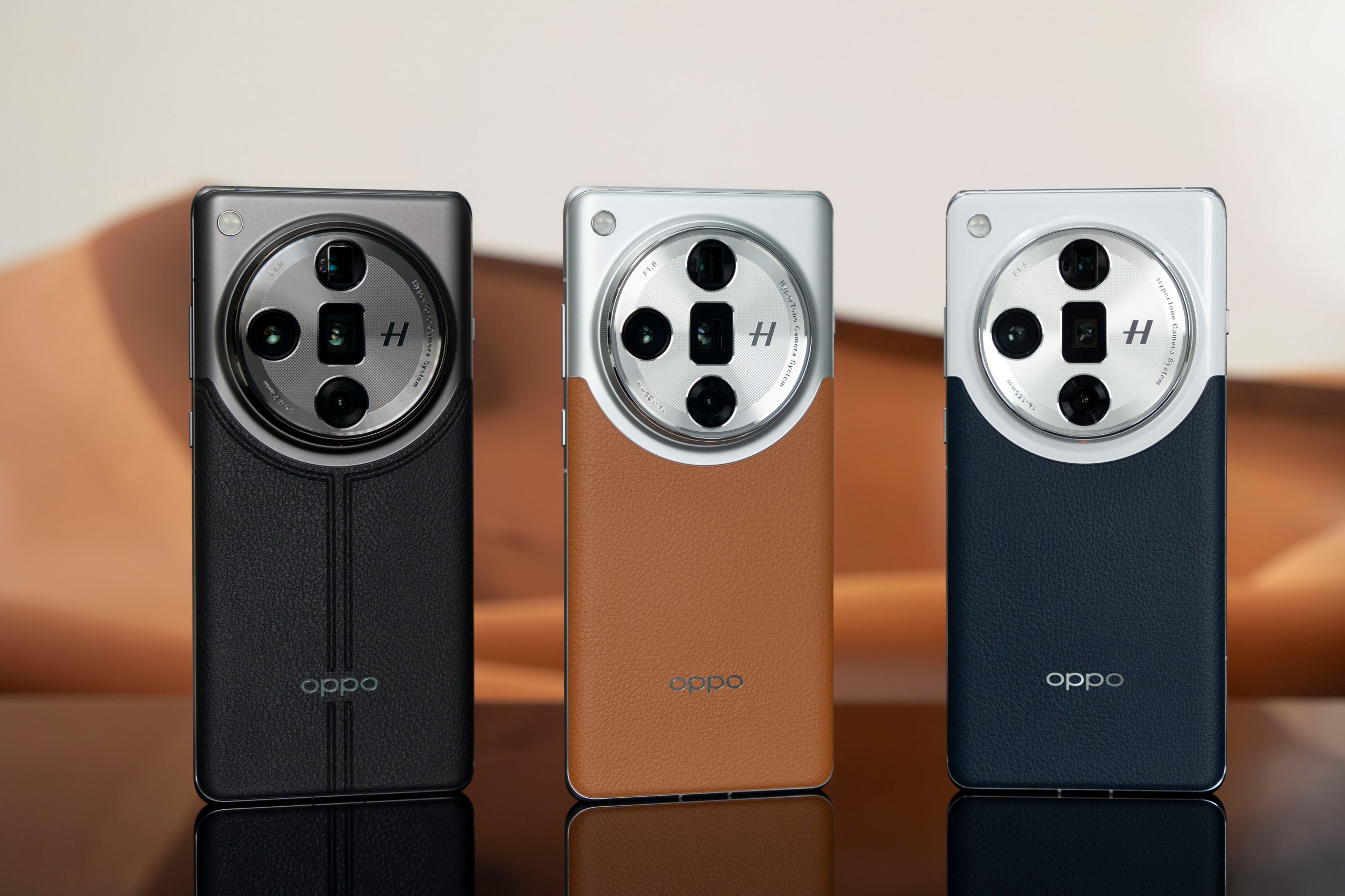
Do you think it can be comparable to Hasselblad cameras? I think in some scenarios may really be able to, especially for photography white, and lightweight body is more than a professional camera can be more portable, to the daily creation and capture more possibilities, its image ability of the full range of let me see, 2024's flagship of the flagship of the new king of the mobile image, officially enthroned.

